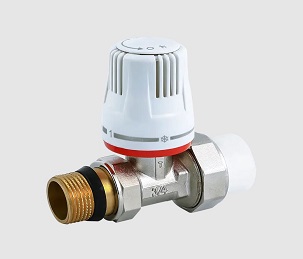In the realm of heating systems,
thermostatic radiator valves (TRVs) stand as technological marvels, revolutionizing the way we control and manage indoor temperatures. These valves, often overlooked for their modest size, play a crucial role in enhancing comfort, optimizing energy usage, and providing individualized climate control within residential, commercial, and industrial spaces.
Understanding Thermostatic Radiator Valves (TRVs)
Thermostatic radiator valves are precision-engineered components integrated into heating systems to regulate the temperature of individual radiators. Unlike traditional manual valves that simply turn the radiator on or off, TRVs operate based on temperature settings, enabling users to adjust the heat output of each radiator independently. This level of control allows for tailored temperature management in different rooms or zones, offering personalized comfort while conserving energy.
How Thermostatic Radiator Valves Work
TRVs consist of a sensor that measures the ambient temperature in a room and a valve that adjusts the flow of hot water into the radiator based on the desired temperature set by the user. When the room temperature approaches the set level, the valve reduces the flow of hot water, moderating the radiator's heat output. Conversely, if the temperature drops below the set level, the valve increases the flow of hot water, maintaining the desired temperature.
This responsive and automated functionality ensures a consistent indoor climate, preventing overheating and eliminating the need for constant manual adjustments.
Benefits and Advantages
The adoption of thermostatic radiator valves offers a multitude of advantages, both in terms of comfort and energy efficiency. One of the primary benefits is the ability to customize the temperature in individual rooms, allowing occupants to tailor their environment according to their preferences.
TRVs contribute significantly to energy savings by regulating heat output based on actual demand. By preventing overheating in rooms that are already warm enough, these valves reduce energy consumption, thereby lowering heating bills and minimizing environmental impact.
Applications and Integration
Thermostatic radiator valves find applications in various settings, from residential homes to commercial buildings and industrial facilities. In homes, they provide occupants with the flexibility to control room temperatures independently, enhancing comfort and energy efficiency. Within commercial spaces like offices or hotels, these valves enable precise climate management for different areas, optimizing comfort for employees or guests while minimizing energy waste.













